39 label the parts of the atp molecule
› watchCellular Respiration - YouTube Paul Andersen covers the processes of aerobic and anaerobic cellular respiration. He starts with a brief description of the two processes. He then describe... www2.palomar.edu › users › warmstrongLab Manual Exercise # 1a - Palomar College ATP is the vital energy molecule of all living systems which is absolutely necessary for key biochemical reactions within the cells. The actual synthesis of ATP from the coupling of ADP (adenosine diphosphate) with phosphate (PO 4) is very complicated and involves a mechanism called chemiosmosis. The electron flow generates a higher ...
researchtweet.com › atp-and-adp-definitionATP and ADP: Definition, Formation, Examples I ResearchTweet Sep 11, 2021 · The source of energy for the organism is the ATP, which is required to various biological processes. When the body requires ATP to meet the requirement, that ATP is broken down to ADP where the energy released is used by us to sustain life. There are 3 phosphate molecule and one adenine molecule which forms the ATP.
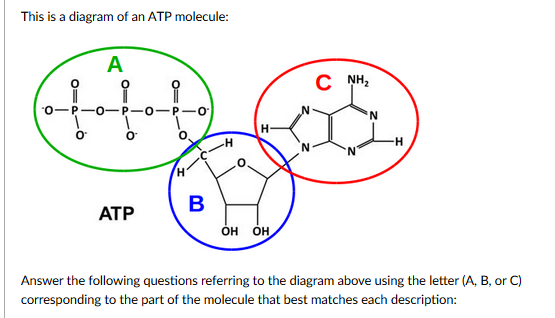
Label the parts of the atp molecule
lpi.oregonstate.edu › mic › glossaryGlossary | Linus Pauling Institute | Oregon State University ATP is the molecule that is converted into ADP with a release of energy that the body then uses. Cretinism a condition that can result from a severe form of congenital hypothyroidism. Cretinism occurs in two forms, although there is considerable overlap. The neurologic form is characterized by mental and physical retardation and deafness. en.wikipedia.org › wiki › Cell_(biology)Cell (biology) - Wikipedia The membrane is semi-permeable, and selectively permeable, in that it can either let a substance (molecule or ion) pass through freely, pass through to a limited extent or not pass through at all. Cell surface membranes also contain receptor proteins that allow cells to detect external signaling molecules such as hormones . › products › luciferase-assaysNano-Glo® Luciferase Assay System - Promega The Nano-Glo® Luciferase Assay System provides a simple, single-addition reagent that generates a glow-type signal in the presence of NanoLuc® luciferase with a half-life of approximately 120 minutes in commonly used tissue culture media.
Label the parts of the atp molecule. › pmc › articlesATP synthesis and storage - PMC - National Center for ... Apr 12, 2012 · It has been calculated that, for the synthesis of one ATP molecule, four protons are required (three for the ATP synthase rearrangements and one for ATP, ADP, and Pi transport ). Once synthesized, ATP can locate inside mitochondrial matrix or be transported into the IMS by the nucleotide exchanger adenine nucleotide translocase (ANT) which ... › products › luciferase-assaysNano-Glo® Luciferase Assay System - Promega The Nano-Glo® Luciferase Assay System provides a simple, single-addition reagent that generates a glow-type signal in the presence of NanoLuc® luciferase with a half-life of approximately 120 minutes in commonly used tissue culture media. en.wikipedia.org › wiki › Cell_(biology)Cell (biology) - Wikipedia The membrane is semi-permeable, and selectively permeable, in that it can either let a substance (molecule or ion) pass through freely, pass through to a limited extent or not pass through at all. Cell surface membranes also contain receptor proteins that allow cells to detect external signaling molecules such as hormones . lpi.oregonstate.edu › mic › glossaryGlossary | Linus Pauling Institute | Oregon State University ATP is the molecule that is converted into ADP with a release of energy that the body then uses. Cretinism a condition that can result from a severe form of congenital hypothyroidism. Cretinism occurs in two forms, although there is considerable overlap. The neurologic form is characterized by mental and physical retardation and deafness.




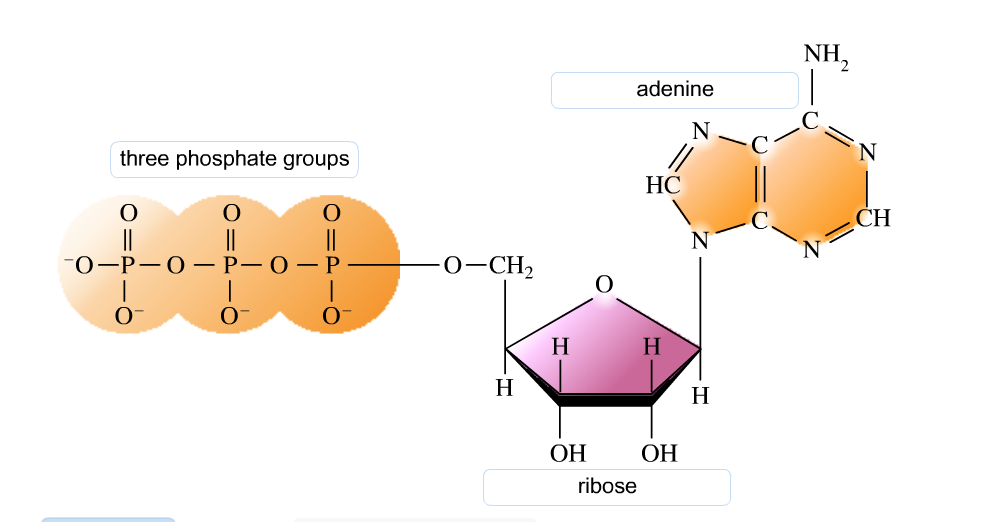
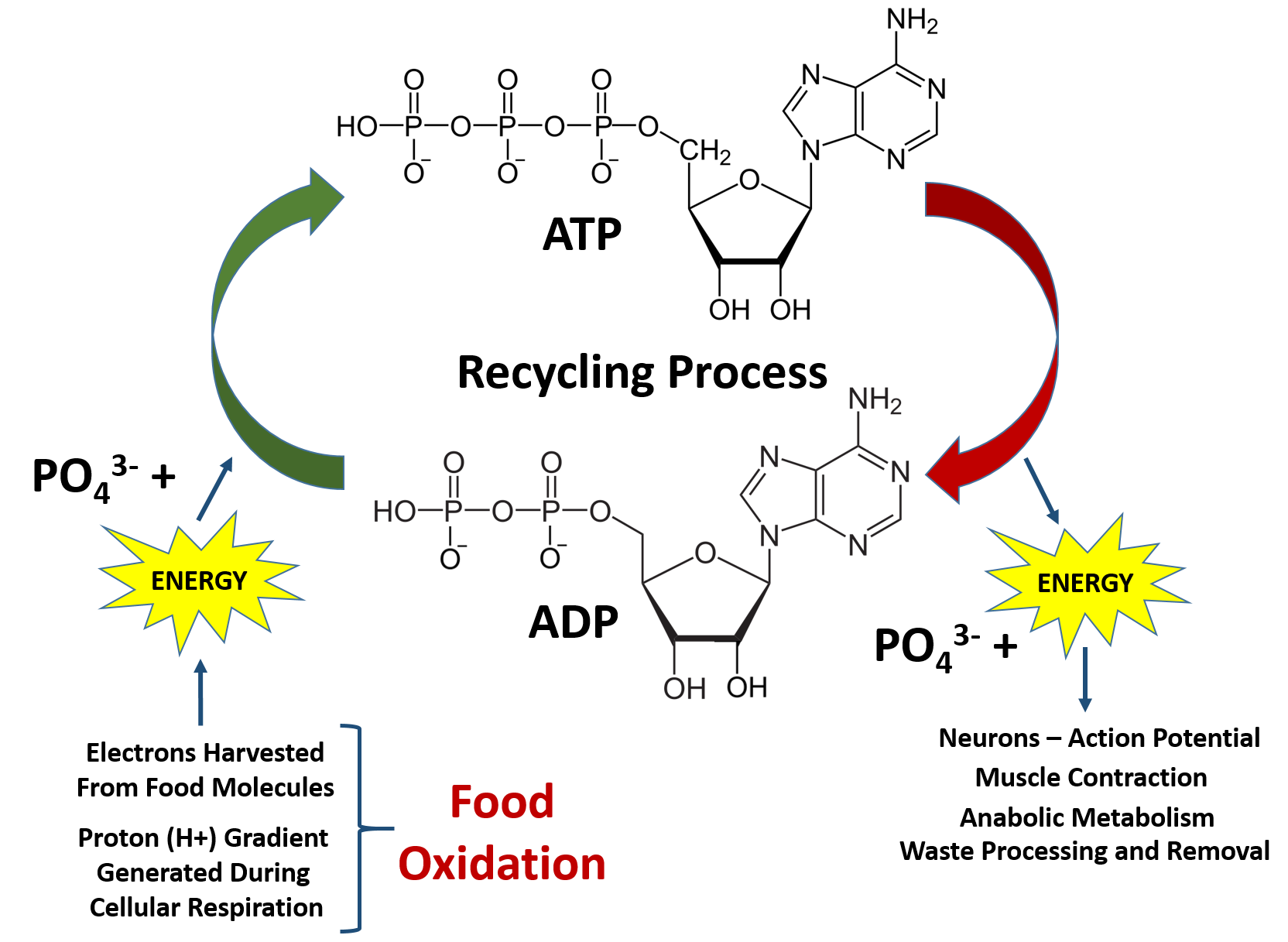




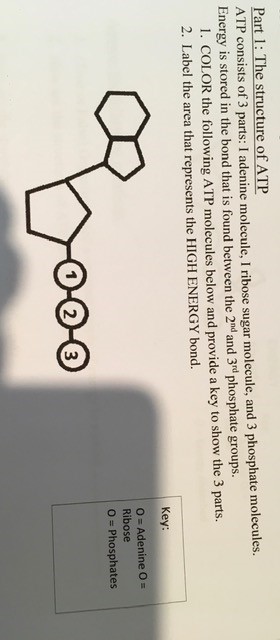
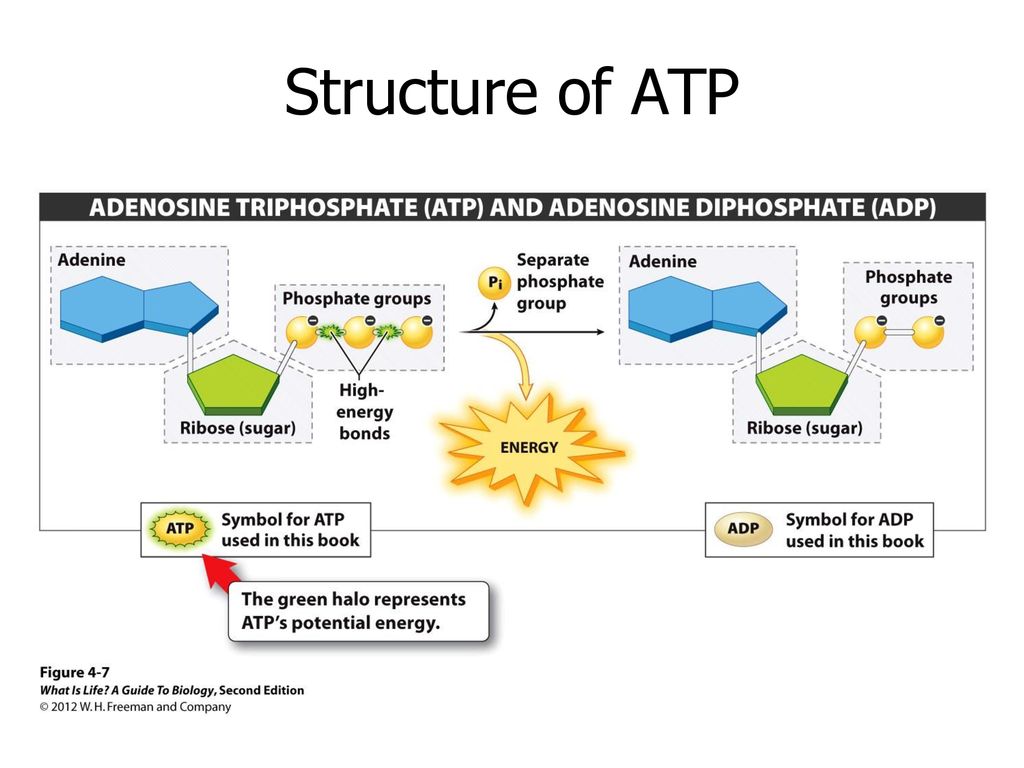




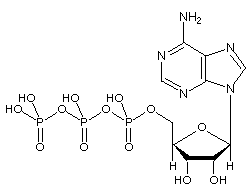

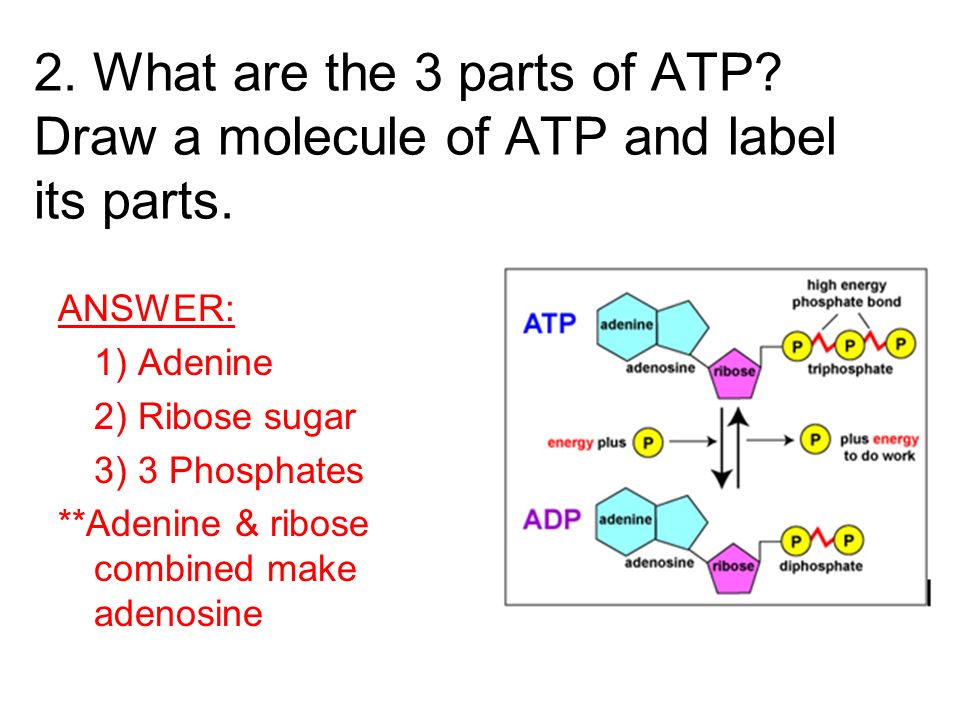
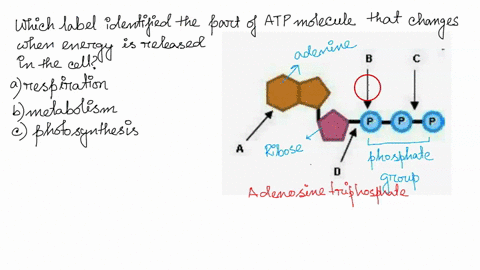

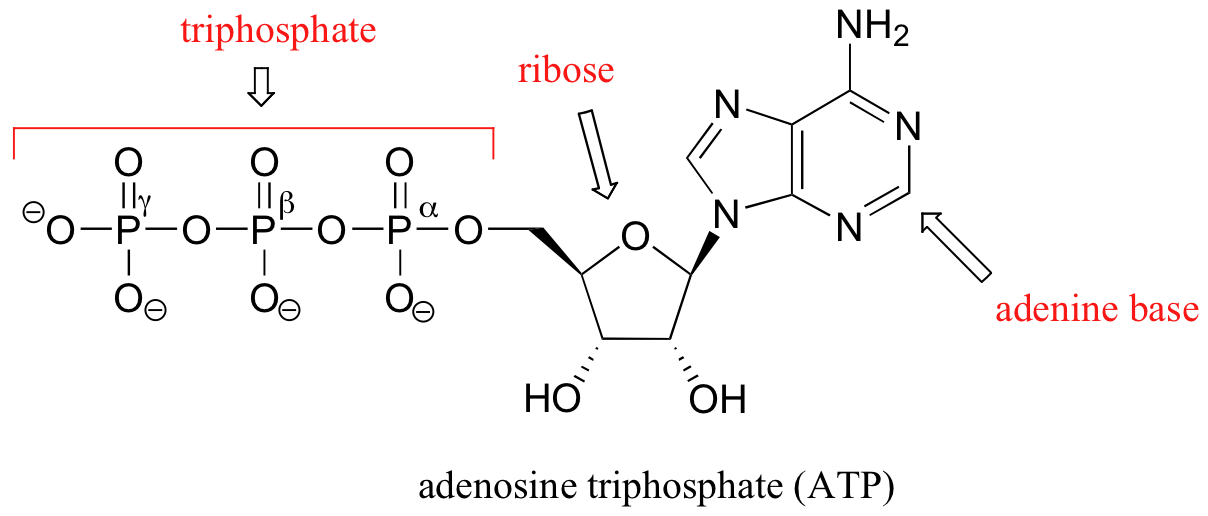

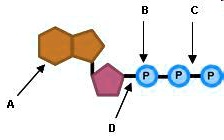

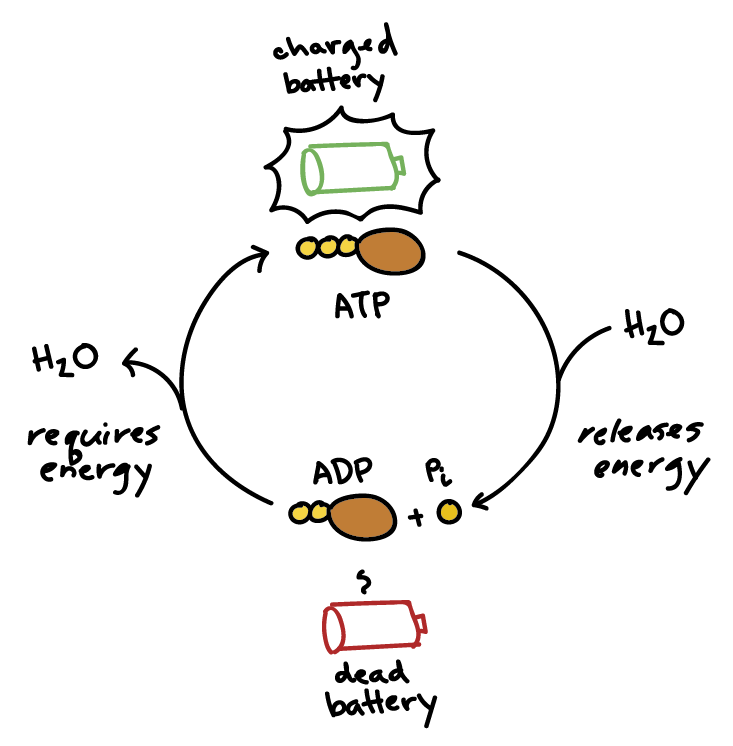

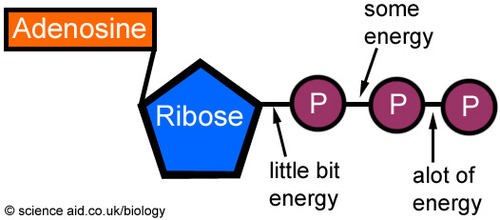





Komentar
Posting Komentar